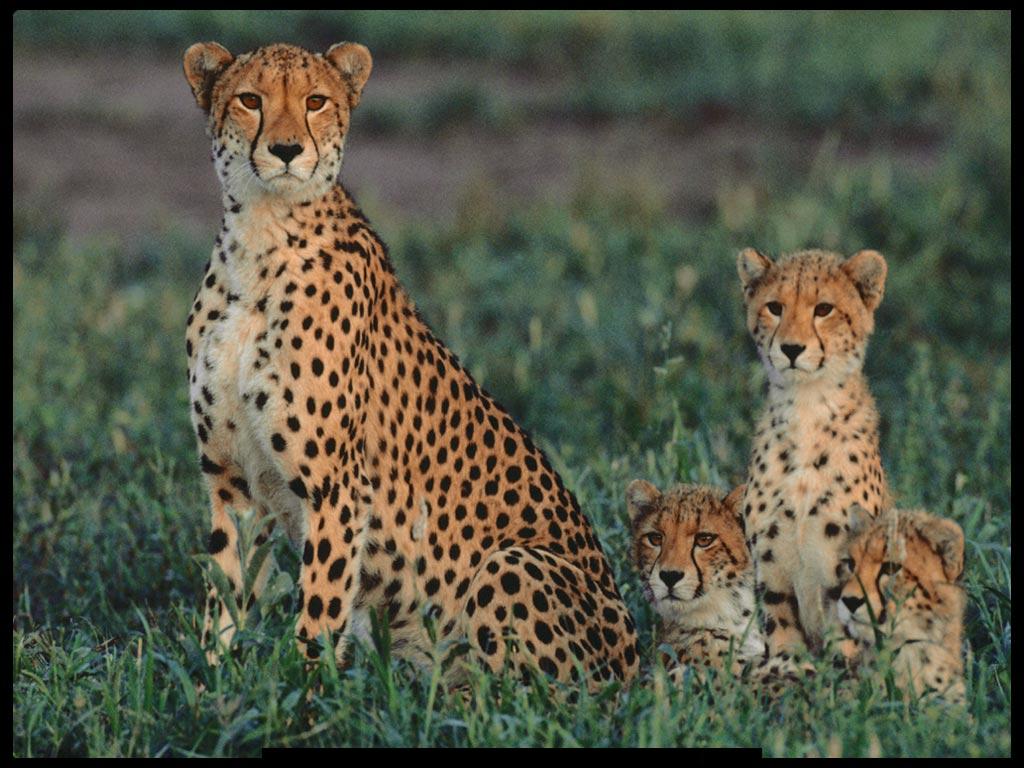Chita: A Comprehensive Guide To Understanding This Unique Animal
Chita, also known as the cheetah, is a fascinating creature that captivates the hearts of wildlife enthusiasts and casual observers alike. With its incredible speed and distinctive appearance, the cheetah stands out in the animal kingdom. This article aims to provide an in-depth look at chitas, exploring their biological characteristics, habitat, behavior, and conservation status.
The cheetah is not just another big cat; it’s a species that has adapted remarkably to its environment, making it a remarkable subject of study. In this article, we will delve into various aspects of the cheetah, including its unique adaptations for speed, hunting techniques, and the challenges it faces in the wild due to habitat loss and poaching.
Whether you are a student, a wildlife enthusiast, or simply curious about this magnificent animal, this article will serve as a comprehensive resource. Let's start our journey into the world of the cheetah, examining its biology, ecology, and the efforts being made to ensure its survival.
Table of Contents
- Biography of the Cheetah
- Cheetah Personal Data
- Physical Characteristics of the Cheetah
- Natural Habitat of the Cheetah
- Behavior and Hunting Techniques
- Conservation Status of the Cheetah
- Threats to Cheetah Populations
- Conclusion
Biography of the Cheetah
The cheetah (Acinonyx jubatus) is a large cat native to Africa and parts of Iran. Known for its incredible speed, the cheetah can reach up to 75 miles per hour (120 km/h) in short bursts covering distances up to 1,500 feet (460 m). This remarkable feline is the fastest land animal, making it a subject of fascination for both researchers and the public.
Cheetah Personal Data
| Attribute | Details |
|---|---|
| Scientific Name | Acinonyx jubatus |
| Family | Felidae |
| Habitat | Savannas, grasslands, and open forests |
| Diet | Carnivore (primarily small to medium-sized ungulates) |
| Lifespan | 10-12 years in the wild; up to 20 years in captivity |
| Population | Estimated 7,100 individuals in the wild |
Physical Characteristics of the Cheetah
The cheetah is easily recognizable due to its unique physical features. Here are some key characteristics:
- Body Shape: The cheetah has a lightweight and slender body, which is designed for speed.
- Fur Pattern: Its coat is tan with black spots, providing excellent camouflage in the grasslands.
- Facial Markings: The cheetah has distinctive black "tear marks" running from the inner corners of its eyes down to the mouth, which help reduce glare from the sun.
- Eyes: Cheetahs have large eyes adapted for excellent daytime vision.
- Claws: Unlike other big cats, the cheetah's claws are only partially retractable, providing better grip during high-speed chases.
Natural Habitat of the Cheetah
Cheetahs primarily inhabit open landscapes such as savannas, grasslands, and semi-deserts, where they can utilize their speed to hunt. Here are some details about their habitat:
- Distribution: Cheetahs are found in sub-Saharan Africa, with a small population in Iran.
- Home Range: Male cheetahs typically have larger territories than females, which can overlap with those of several females.
- Water Sources: Cheetahs prefer areas close to water sources, which attract their prey.
Behavior and Hunting Techniques
Cheetahs are known for their unique hunting strategies and behaviors. Here are some aspects of their behavior:
- Social Structure: Cheetahs are generally solitary animals, though females may live with their offspring and males may form small groups known as coalitions.
- Hunting Strategy: Cheetahs rely on their exceptional speed to chase down prey, often using a burst of speed after a short stalk.
- Prey: Their diet mainly consists of small to medium-sized ungulates, such as gazelles and impalas.
- Vocalizations: Cheetahs communicate using a variety of sounds, including purring, chirping, and hissing.
Conservation Status of the Cheetah
The cheetah is currently listed as vulnerable on the IUCN Red List. Several conservation efforts are underway to protect this magnificent species:
- Protected Areas: National parks and reserves serve as safe havens for cheetah populations.
- Community Engagement: Involving local communities in conservation efforts helps mitigate human-wildlife conflict.
- Research and Monitoring: Ongoing research is critical for understanding cheetah behavior and ecology, which informs conservation strategies.
Threats to Cheetah Populations
Despite their adaptations, cheetahs face numerous threats that impact their survival:
- Habitat Loss: Expansion of agriculture and urban development reduces the available habitat for cheetahs.
- Poaching: Illegal hunting and trafficking pose significant risks to their populations.
- Human-Wildlife Conflict: As human populations grow, conflicts over livestock and land use increase.
- Genetic Diversity: Cheetahs have a low genetic diversity, which makes them more vulnerable to diseases and environmental changes.
Conclusion
In summary, the cheetah is a remarkable species with unique adaptations that make it the fastest land animal. However, it faces significant challenges that threaten its survival. Conservation efforts are essential to ensure that future generations can appreciate the beauty and grace of this incredible feline. We encourage readers to support conservation initiatives, share this article, and engage in discussions about the importance of protecting our planet's wildlife.
Thank you for taking the time to read this comprehensive guide on the cheetah. We invite you to leave your thoughts in the comments below and explore more articles on wildlife and conservation on our site.
Remember, every small action counts towards making a difference in the world of wildlife conservation!
The Fascinating World Of Shaggy Dogs: A Comprehensive Guide
Exploring The Life And Career Of Huh Yunjin: A Rising Star In K-Pop
Exploring The World Of Batman Cartoons: A Comprehensive Guide


